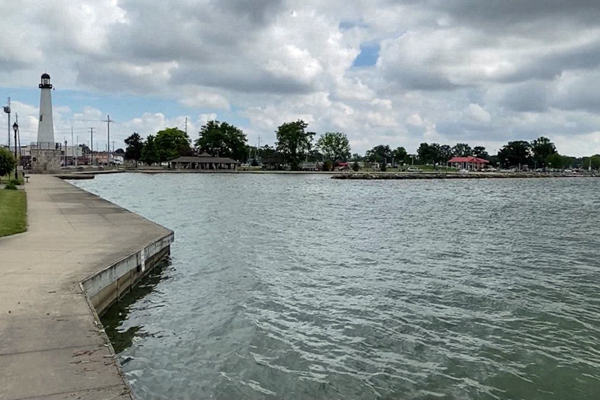
Excerpt from Spectrum News
For the first time in well over a decade, Grand Lake St. Marys (GLSM) does not have a toxic algae water quality advisory to start the summer.
Greater Grand Lake Visitor’s Center Executive Director Donna Grube said the first notice of toxic algae came 12 years ago, warning visitors and residents of the potential health risks of coming in contact with the water.
“It was tough in the tourism industry, as folks weren’t sure how if they wanted to come to Grand Lake St. Marys,” she said. “And we had a rough couple of years.”
Wright State University’s Lake Campus research team is led by Dr. Stephen Jacquemin, who works with his students to help monitor the lake.
He said GLSM improvement this year boils down to one main factor — low rainfall.
“Grand Lake St. Marys is like many inland lakes and reservoirs in the United States in that it has had a long history of nutrient runoff and nutrient pollution,” Jacquemin said.

